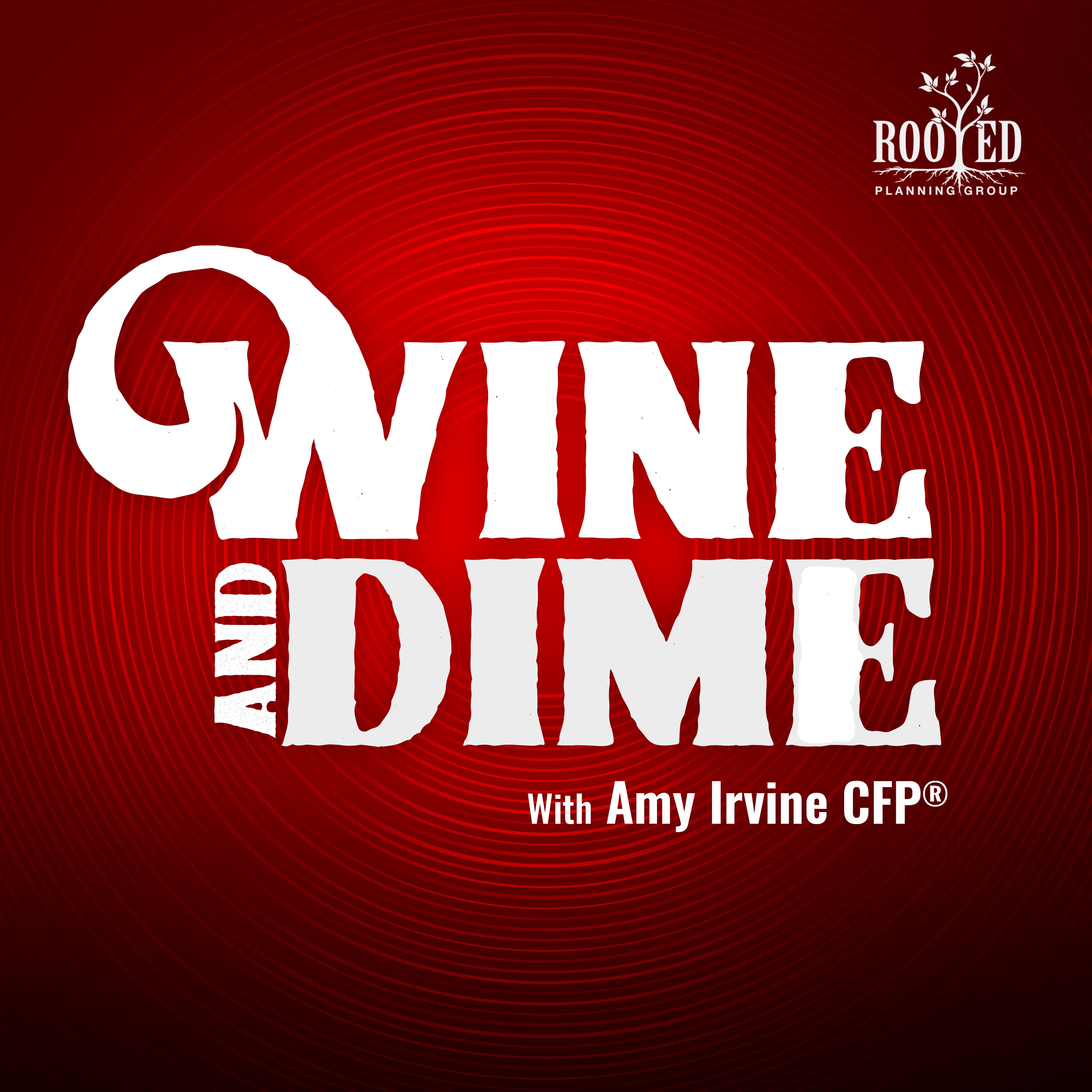- After-Shows
- Alternative
- Animals
- Animation
- Arts
- Astronomy
- Automotive
- Aviation
- Baseball
- Basketball
- Beauty
- Books
- Buddhism
- Business
- Careers
- Chemistry
- Christianity
- Climate
- Comedy
- Commentary
- Courses
- Crafts
- Cricket
- Cryptocurrency
- Culture
- Daily
- Design
- Documentary
- Drama
- Earth
- Education
- Entertainment
- Entrepreneurship
- Family
- Fantasy
- Fashion
- Fiction
- Film
- Fitness
- Food
- Football
- Games
- Garden
- Golf
- Government
- Health
- Hinduism
- History
- Hobbies
- Hockey
- Home
- How-To
- Improv
- Interviews
- Investing
- Islam
- Journals
- Judaism
- Kids
- Language
- Learning
- Leisure
- Life
- Management
- Manga
- Marketing
- Mathematics
- Medicine
- Mental
- Music
- Natural
- Nature
- News
- Non-Profit
- Nutrition
- Parenting
- Performing
- Personal
- Pets
- Philosophy
- Physics
- Places
- Politics
- Relationships
- Religion
- Reviews
- Role-Playing
- Rugby
- Running
- Science
- Self-Improvement
- Sexuality
- Soccer
- Social
- Society
- Spirituality
- Sports
- Stand-Up
- Stories
- Swimming
- TV
- Tabletop
- Technology
- Tennis
- Travel
- True Crime
- Episode-Games
- Visual
- Volleyball
- Weather
- Wilderness
- Wrestling
- Other
College Planning Fundamentals: Terminology and Financial Aid Tips
Welcome to Wine and Dime, where we explore the intersection of wine and finances. In this series on college planning fundamentals, we will delve into the terminology and strategies that can help you navigate the complex world of college planning. Just like a fine wine, college planning requires careful consideration and aging to achieve the desired outcome. So, grab a glass of your favorite vintage and join me on this journey of financial education.Remember, just like a good bottle of wine, the Wine and Dime Podcast gets better with time. So don't forget to rate and subscribe to our show, where we blend the flavors of wine and personal finance to help you achieve financial freedom! If you have any questions that you would like answered on the show, feel free to email us at info@rootedpg.comOr visit us at www.rootedpg.com/podcasts for full show notes and links!Key Takeaways:Define your college funding goals and prioritize them based on timing and resources.Fill out the FAFSA form even if you don't think you qualify for financial aid.Need blind colleges consider a student's ability to pay tuition cost in the admissions decision.Merit scholarships are based on a student's merit and do not need to be repaid.Parent PLUS loans can bridge the gap between need-based aid and family resources.<br/>Quotes:"You can borrow for education, but you can't borrow for retirement.""Don't assume anything. Fill out the FAFSA form.""Need blind colleges are schools where a student's ability to pay tuition cost is not factored into the admissions decision.""Merit scholarships are based on the student's merit and do not need to be repaid.""Parent PLUS loans are taken by the parent and often close the final gap between need-based aid, merit scholarships, and family resources."<br/>Exploring the Vineyards of Shaw VineyardBefore we dive into the intricacies of college planning, let's take a moment to appreciate the beauty of the vineyards. Shaw Vineyard, located on Seneca Lake, is known for its dedication to aging their wines. Their reds spend five or more years in the cellar before they are bottled, resulting in a rich and flavorful experience. They also offer a unique blend called the Cuca Hill Reserve, which combines Merlot, Cabernet Sauvignon, and Cabernet Franc. I am eager to explore this winery and discover the nuances of their wines. If you have had the pleasure of trying Shaw Vineyard's wines, I would love to hear about your experience. And if you find yourself in the Finger Lakes area, I encourage you to visit and embark on your own wine adventure.The Five Essential Steps of College PlanningNow, let's shift our focus to the topic at hand: college planning fundamentals. It is important to approach college planning with a clear understanding of your goals and priorities. Defining your goals involves determining how much responsibility you and your child will have in funding their education, as well as considering other financial goals that may require attention. It is crucial to establish a timeline for each goal and anticipate any potential detours along the way. By mapping out your college planning journey, you can create a comprehensive and adaptable plan that aligns with your family's unique circumstances.The Power of Savings: Understanding 529 PlansWhen it comes to saving for college, 529 plans are a popular choice. These education savings plans offer tax advantages and can be customized to suit your needs. There are different types of 529 plans, including savings plans, prepaid plans, and private plans. A savings plan allows you to invest money that will grow over time, while a prepaid plan involves prepaying the cost of education within your state's

